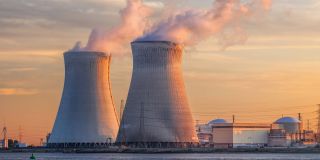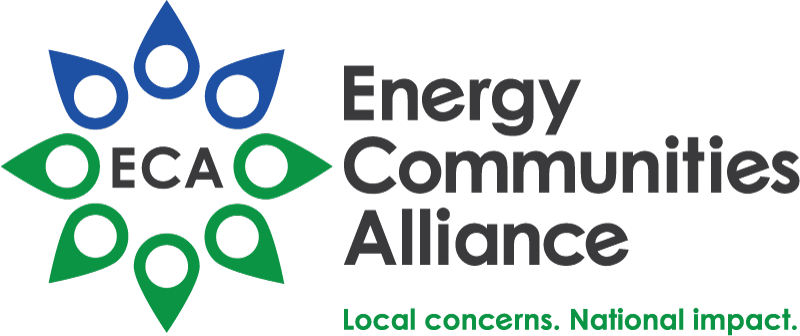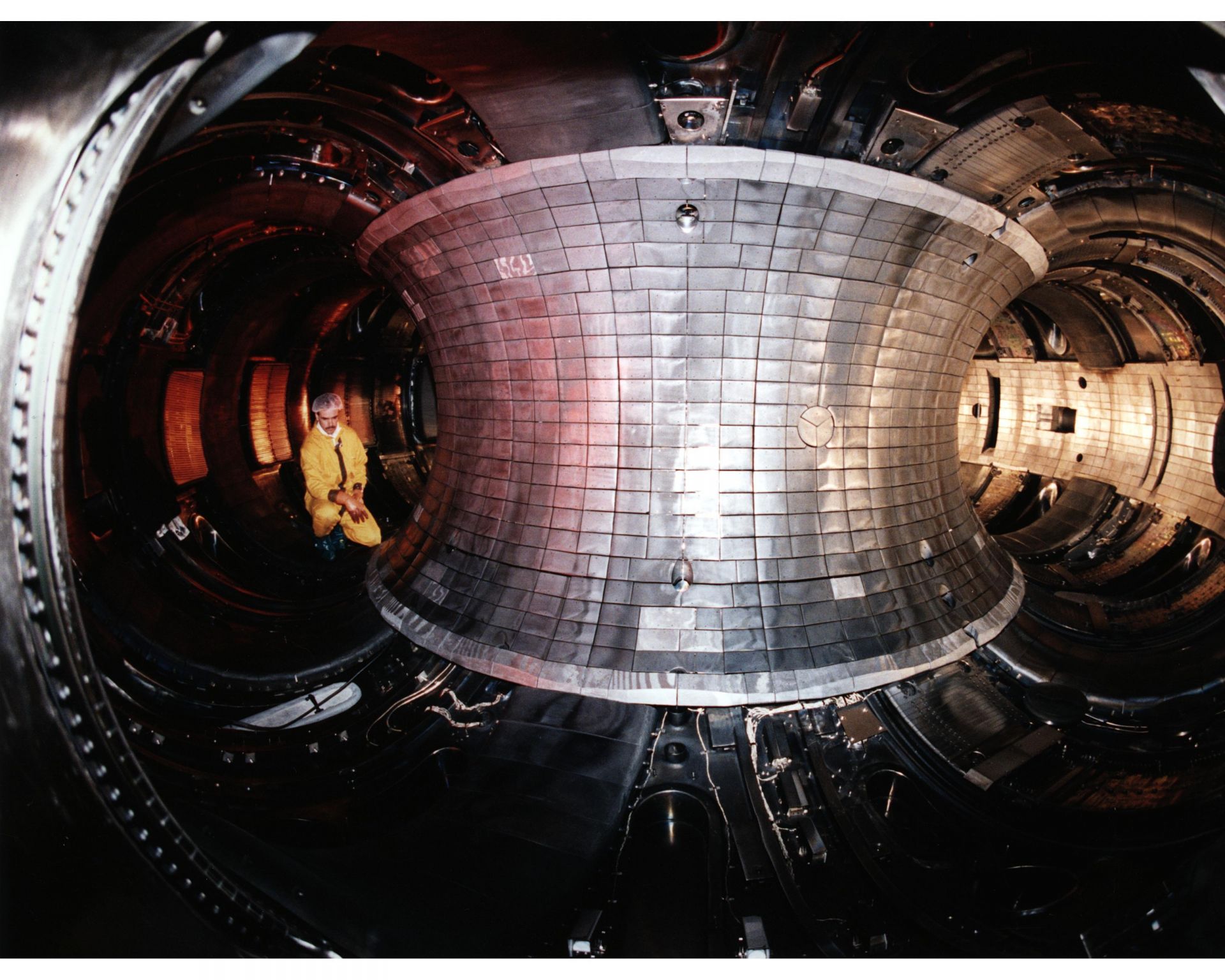IAEA: Nuclear to continue to play key role in low-carbon energy production
 The International Atomic Energy Agency has just released its latest projections for energy, electricity, and nuclear power trends over the next 30 years. Compared with the previous year, the new projections are largely unchanged.
The International Atomic Energy Agency has just released its latest projections for energy, electricity, and nuclear power trends over the next 30 years. Compared with the previous year, the new projections are largely unchanged.
In the report's high-case scenario, the IAEA expects a rise in global nuclear electrical generating capacity of 82 percent, to 715 gigawatts. In the low-case scenario, that capacity is expected to drop 7 percent, to 363 gigawatts.
The report is titled Energy, Electricity and Nuclear Power Estimates for the Period up to 2050.


 The board of directors of the Energy Communities Alliance (ECA), an organization known more for its work in advancing the cleanup of Department of Energy sites, is launching a
The board of directors of the Energy Communities Alliance (ECA), an organization known more for its work in advancing the cleanup of Department of Energy sites, is launching a  A report just released from the Clean Energy Ministerial’s (CEM) Nuclear Innovation: Clean Energy (NICE) Future initiative examines the potential roles that flexible nuclear energy generation can play in both current and future clean energy systems.
A report just released from the Clean Energy Ministerial’s (CEM) Nuclear Innovation: Clean Energy (NICE) Future initiative examines the potential roles that flexible nuclear energy generation can play in both current and future clean energy systems.

 The Diversity and Inclusion in the American Nuclear Society (DIA) Committee opened its new series of webinars on September 2 with a panel discussion, “
The Diversity and Inclusion in the American Nuclear Society (DIA) Committee opened its new series of webinars on September 2 with a panel discussion, “





 Radiation has benefited mankind in many ways, including its use as an energy source and an indispensable tool in medicine. Since the turn of the 20th century, society has sought ways to harness its potential, while at the same time recognizing that radiological exposures need to be carefully controlled. Out of these efforts, and the work of many dedicated professionals, the principles of justification, optimization, and limitation have emerged as guiding concepts.
Radiation has benefited mankind in many ways, including its use as an energy source and an indispensable tool in medicine. Since the turn of the 20th century, society has sought ways to harness its potential, while at the same time recognizing that radiological exposures need to be carefully controlled. Out of these efforts, and the work of many dedicated professionals, the principles of justification, optimization, and limitation have emerged as guiding concepts.
